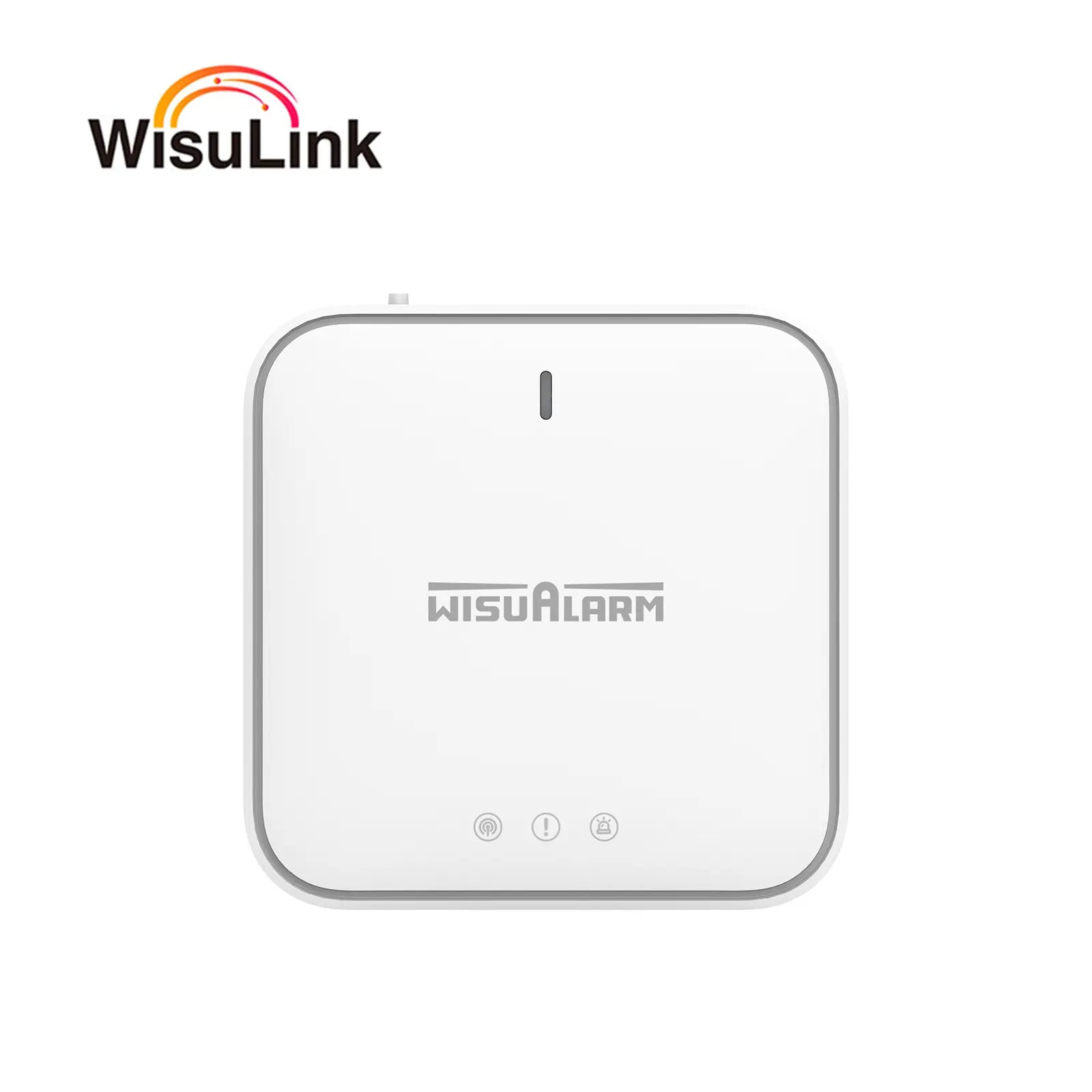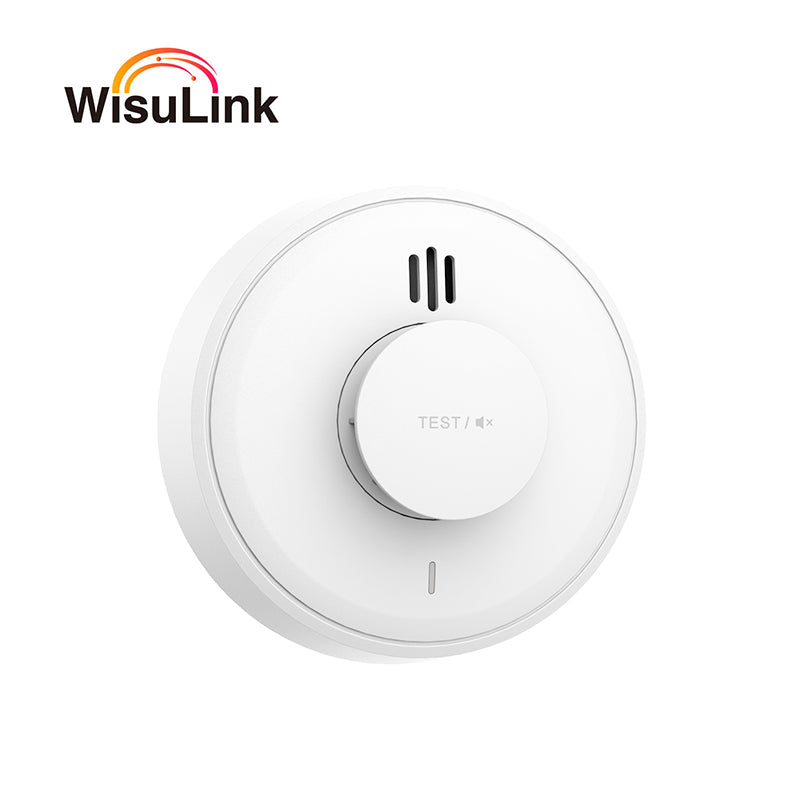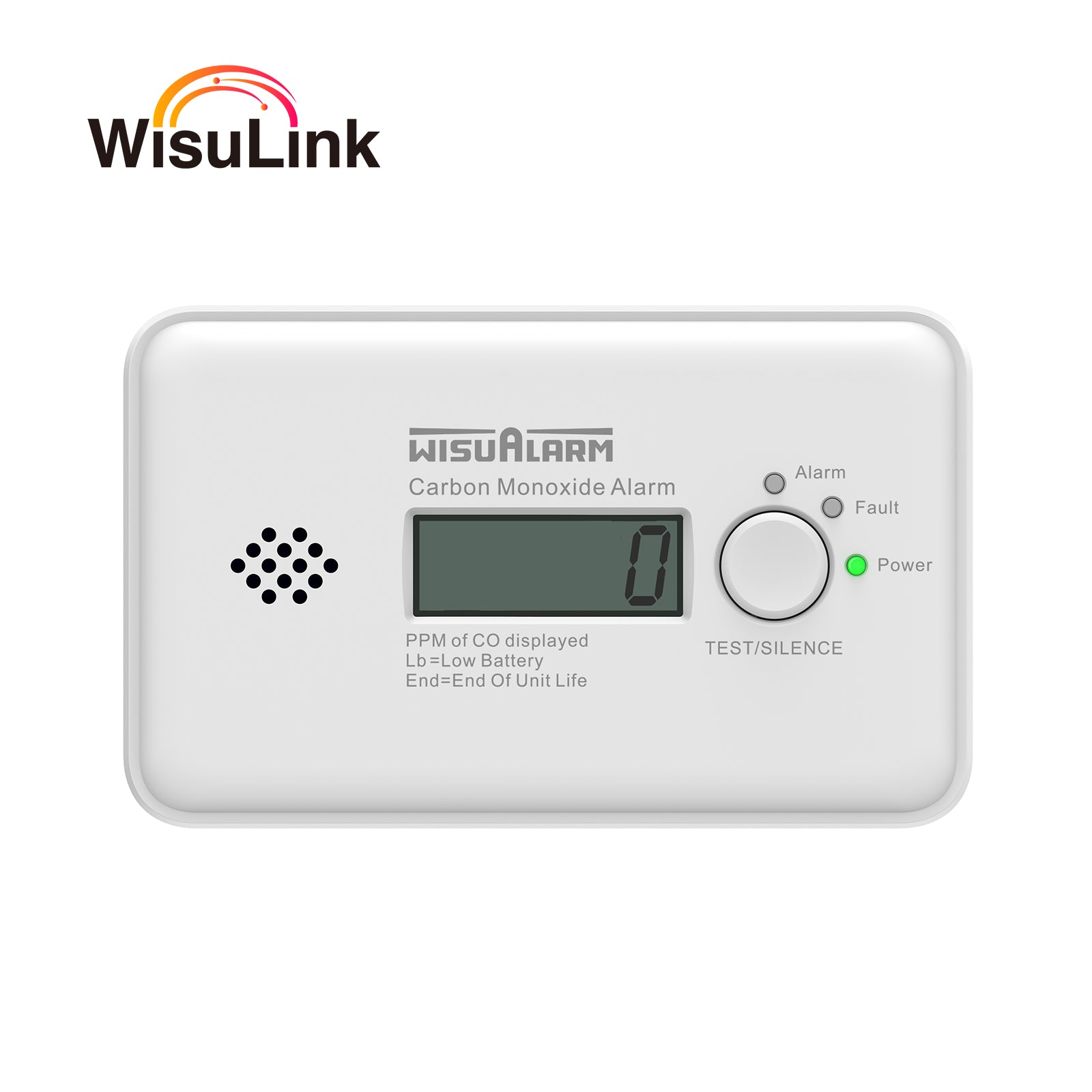In the UK, carbon monoxide (CO) remains one of the most dangerous invisible hazards in homes—responsible for an estimated 60 deaths and over 200 hospitalisations each year, according to the UK Health Security Agency (UKHSA). Unlike smoke or gas leaks, CO has no smell, colour, or taste, making it impossible to detect without a dedicated device. For UK homeowners, renters, and landlords, understanding the legal obligations, safety standards, and best practices for carbon monoxide detectors is not just a matter of protection—it’s often a legal requirement.
1. UK Legal Requirements: Who Must Install a CO Detector?
The UK government has strict regulations governing carbon monoxide detectors, enforced by bodies like local councils and Trading Standards. These rules vary slightly based on whether you own or rent a property, and the type of fuel-burning appliances present:
For Landlords
Since 2015, the Smoke and Carbon Monoxide Alarm (England) Regulations have mandated that all private and social landlords install a CO detector in every room used as living accommodation that contains a solid fuel-burning appliance (e.g., wood-burning stoves, coal fires). This includes properties with shared living spaces, such as houses in multiple occupation (HMOs).
From April 2022, the regulations were expanded to cover gas appliances in rental properties in Scotland. In Wales, landlords must install CO detectors in any room with a fuel-burning appliance (gas, oil, solid fuel) by law.
Key legal obligations for UK landlords:
- Detectors must be compliant with British or European standards (see Section 2 below).
- Detectors must be checked at the start of each new tenancy.
- Landlords must repair or replace faulty detectors within 24 hours of being notified.
- Failure to comply can result in fines of up to £5,000.
For Homeowners
While there is no legal requirement for homeowners to install CO detectors in England (unless they have solid fuel appliances in certain local authority areas), it is strongly recommended by the UKHSA and fire services. In Scotland and Wales, homeowners with fuel-burning appliances are encouraged to install detectors as part of national safety campaigns, with some local councils offering free or subsidised devices.
2. UK Standards: What to Look for in a CO Detector
Not all CO detectors meet UK safety standards—choosing a device with the right certifications ensures it will work reliably in emergencies. For UK consumers, the most important benchmarks are:
British and European Certifications
- BS EN 50291: This is the primary European standard for CO detectors, adopted into British law. It specifies requirements for sensor accuracy, alarm response time (must trigger within 3 minutes at 300ppm CO), and durability. Look for the “BS EN 50291” mark on the product or packaging.
- Kitemark (BSI): The BSI Kitemark is a voluntary but trusted certification that indicates the detector has undergone rigorous testing beyond basic EN 50291 standards. Devices with the Kitemark are preferred by UK landlords and safety bodies.
Power Source
CO detectors in the UK typically use one of three power sources:
- Battery-powered: Ideal for rental properties or homes without hardwiring. Choose models with long-lasting lithium batteries (10+ years) to avoid frequent replacements—some even include a low-battery warning beep.
- Mains-powered with battery backup: Recommended for homeowners, as they don’t rely on battery life. The backup battery ensures the detector works during power cuts (a common issue in the UK during winter storms).
- Hardwired to the mains: Often used in new builds, these detectors are permanently connected to the home’s electrical system and require professional installation.
Alarm Features
UK fire services recommend detectors with:
- A loud alarm (at least 85 decibels)—loud enough to wake someone from sleep.
- Visual alerts (flashing red LEDs)—critical for people with hearing impairments.
- A test button (to check functionality monthly, as advised by the National Fire Chiefs Council).
3. UK-Specific CO Risks: Where to Install Your Detector
CO risks in the UK are closely tied to the country’s housing stock—many homes have old gas boilers, solid fuel stoves, or oil-fired central heating systems, which can leak CO if poorly maintained. The UKHSA highlights the following high-risk areas:
Key Installation Locations
- Near gas boilers: 40% of UK CO incidents are linked to faulty gas boilers, according to Gas Safe Register. Install a detector within 1-3 meters of the boiler, but not directly above it (to avoid false alarms from heat).
- Living rooms with solid fuel stoves: Wood-burning stoves are popular in UK homes, but incomplete combustion can release CO. Place a detector at eye level (1.5-2 meters high) near the stove.
- Bedrooms and hallways: CO is most dangerous at night, when people are asleep. Install a detector in every hallway leading to bedrooms, or in bedrooms themselves if they have an en-suite with a gas water heater.
- Caravans and boats: The UK has over 1 million caravans and narrowboats, many of which use gas cookers or heaters. Portable CO detectors (BS EN 50291-certified) are mandatory for these vehicles under EU regulations adopted in the UK.
Places to Avoid
- Directly above cookers or heaters (heat can trigger false alarms).
- Near windows, doors, or vents (drafts may dilute CO and delay the alarm).
- In damp areas (e.g., bathrooms without proper ventilation)—moisture can damage the sensor.
4. Maintenance Tips for UK Homes
A CO detector is only effective if it’s well-maintained. Follow these UK-specific tips:
- Test monthly: Use the test button to check the alarm—set a reminder on your phone or calendar (many UK fire services share monthly “test your detector” reminders on social media).
- Replace batteries annually: Even if the low-battery warning hasn’t triggered, replace alkaline batteries every 12 months. For lithium batteries, follow the manufacturer’s instructions (usually 5-10 years).
- Replace the detector every 5-7 years: Sensors degrade over time—look for the “end of life” indicator (a beep or flashing light) on your device.
- Get appliances serviced yearly: Have gas appliances serviced by a Gas Safe-registered engineer, and solid fuel stoves checked by a HETAS-registered technician. This is a legal requirement for UK landlords and a critical safety step for homeowners.
5. Recommendation: Wisualarm CO Detector – Designed for UK Homes

For UK consumers and landlords, the Wisualarm Carbon Monoxide Detector is a standout choice—built to meet UK legal requirements and address the country’s unique safety needs. Here’s why it’s ideal for UK homes:
- BS EN 50291 Certified: Fully compliant with UK and European safety standards, ensuring accurate CO detection and fast alarm response. It also meets the requirements of the Smoke and Carbon Monoxide Alarm Regulations, making it a safe choice for landlords.
- UK Warehouse Delivery: Unlike many detectors shipped from overseas, Wisualarm delivers directly from a UK-based warehouse. This means next-day delivery for most UK addresses—critical for landlords who need to replace a faulty detector quickly.
- 5-Year Warranty: Backed by a 5-year UK-based warranty, Wisualarm offers long-term peace of mind. If the detector develops a fault (non-human-caused), you’ll receive a free replacement or repair.
- Dual Power Option: Available in both battery-powered (lithium, 10-year life) and mains-powered (with battery backup) models, fitting the needs of renters, homeowners, and landlords.
- User-Friendly Design: Features a large test button, low-battery warning, and flashing red LED alert—easy to use for all ages, and compliant with UK accessibility guidelines.
Final Thoughts: CO Safety in the UK
In the UK, a carbon monoxide detector is more than a safety device—it’s a legal necessity for many, and a lifeline for all. By choosing a BS EN 50291-certified detector, installing it in high-risk areas, and maintaining it regularly, you can protect your family or tenants from the “invisible killer.”
For UK-specific reliability, fast delivery, and long-term protection, the Wisualarm CO Detector is the smart choice. Visit the Wisualarm UK website to learn more, or contact their UK-based customer service team for advice on compliance with local regulations.
Stay safe—install a CO detector today.



















































Leave a comment